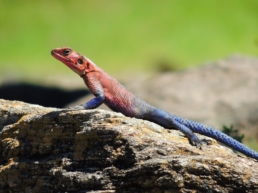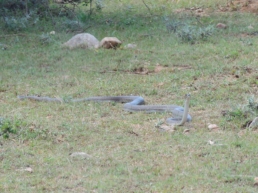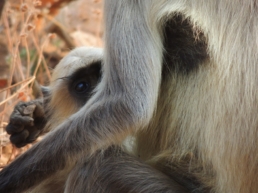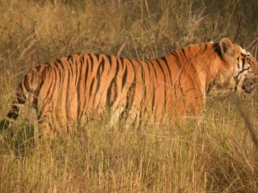For me, one of the great experiences on safari is staying in an unfenced safari camp. Whilst some may prefer fenced camps, or camps that aren’t bang in the middle of wildlife areas, most really relish the experience of an unfenced camp in the bush. It’s certainly something that I prefer, whilst recognising that it is not always possible.
Staying in an unfenced safari camp allows you to experience wilderness in a really authentic way. Being surrounded by nature and seeing no physical barriers between yourself and wildlife is an immersive experience and a real thrill – it allows you to feel truly connected to the environment around you.
You will often see animals wandering right through the camp, allowing you to observe them up close. Many camps have “resident” wildlife like bushbucks, warthogs and spotted deer that wander around.
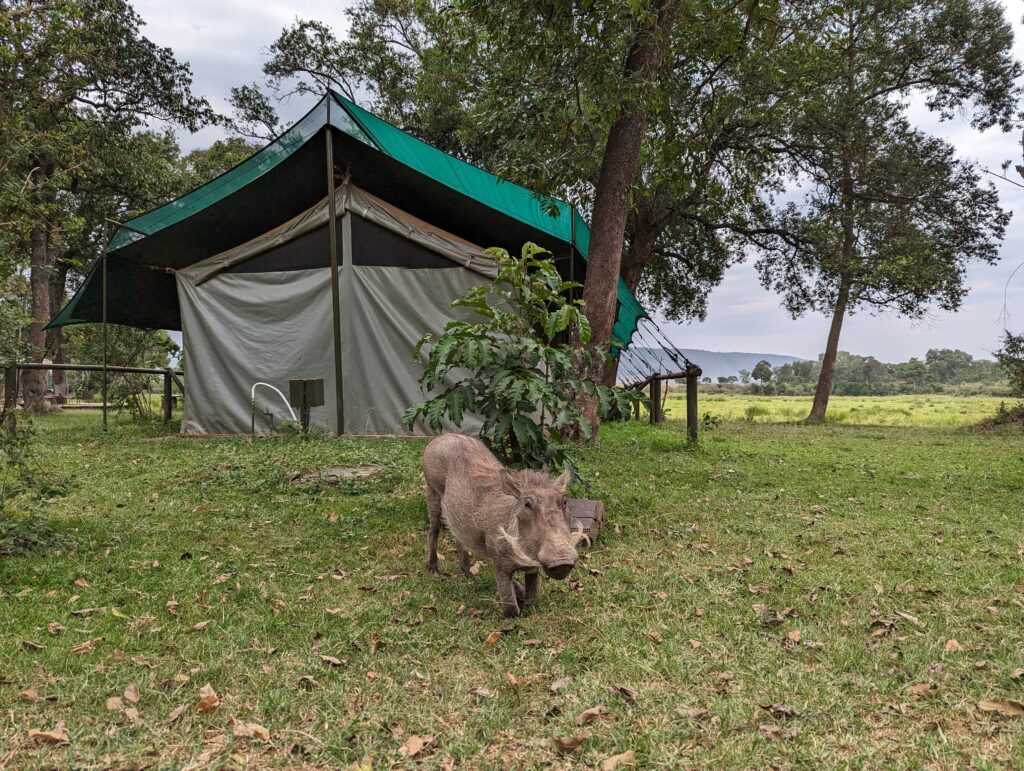
There’s also a real buzz in lying in your comfortable bed at night and hearing chomping as a buffalo or hippo acts as a lawn mower just outside your tent. On one trip I strapped a camera trap to the chair on my deck and the next morning I saw that a large bull elephant wandered past to browse a few feet from my tent (I slept right through it).
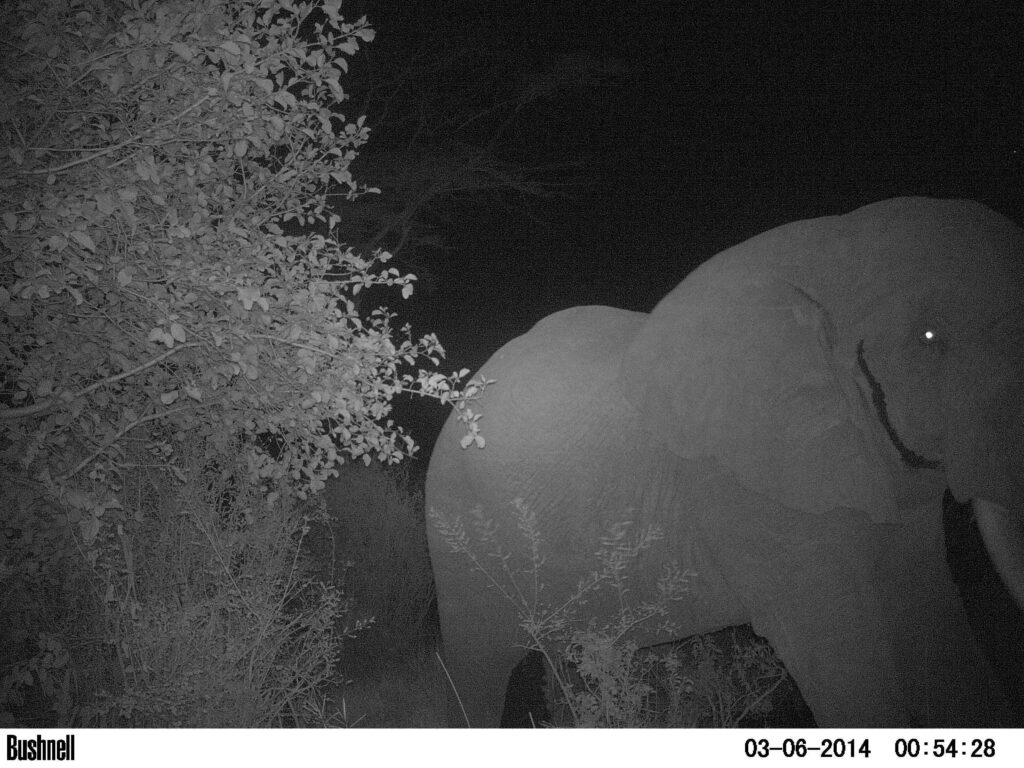
Last month I visited a number of camps in Kenya and as I was walking up the path to a camp, a member of staff stopped me and this lovely family of elephants wandered nonchalantly past. Apparently this was a regular feature and guests love the ideas of being able to see wildlife from the tent.
I’m often asked “what if a wild animal tries to get into my tent!?” and the fact is that they don’t (with the exception that yes, during the day when you are out on a game drive a monkey may try raid your stash of treats!). I’ve not really heard of any incidents where visitors have been attacked but of course, you have to take care and follow the ground rules – for example all the camps that I use provide escorts to and from visitor accommodation to the common areas before dawn and after dark. In all my years on safari I’ve had the pleasure of encountering a plethora of magnificent creatures wandering through camps. However, the most memorable injury I incurred, which will come as no surprise to any bush aficionados, was courtesy of a Cape Buffalo. One would expect the culprit to be its menacing horns but it was my unsuspecting foot that suffered when I stepped onto (or to be more accurate, sank into) a freshly laid landmine, albeit of the bovine variety.
There’s also the view that staying in an unfenced safari camp can also be a more habitat friendly option animals are free to roam. Having said that, one of my favourite camps in India has had to fence off the areas around its pool, lounge and tents. This is because the property is contiguous to the National Reserve, and they have been so successful in rewilding the immediate landscape around the camp that tigers and other wildlife are regular visitors. It seems that the fence between the tents and the wilder areas of the property are somehow reassuring to wildlife and tiger and wild dogs often wander nonchalantly past in broad daylight.
I’ve been to a few camps which have smart fences for particular animals, for example those that allow smaller species such as antelope through the camp but keep larger herbivores like elephants and buffalo just outside, to prevent damage to trees and shrubs within the camp boundary. This feels like a nice compromise to protect vulnerable structures such as treehouses or pools. So, whilst I recognise that an unfenced camp may not be the best choice for everyone or in every location , I think staying in one provides a special, memorable experience of the world’s wilderness and wildlife. If you’re looking for an adventure and a chance to really connect with nature, I can recommend amazing safari camps for your next safari.


